Our Verdict
72%This monochrome handheld games console is overpriced, but if you have the money it's a delightful device that's a perfect size for gaming on the go.
Created through a collaboration between games publisher Panic (of Untitled Goose Game fame), and esoteric electronics concern Teenage Engineering, the Panic Playdate is a handheld games console. It’s not your usual handheld console, either – this isn’t a rival to the Asus Ally or Valve Steam Deck.
For starters, the Playdate screen is black and white. Not shades of grey, but a simple 1-bit black and white 2.7-inch 400 x 240 panel. There’s neither a back nor a front light, meaning it’s usable only in a well-lit room or in sunlight – like the original Nintendo Game Boy range.
However, it’s also smart. The panel uses Sharp Memory LCD technology, which means it draws very little power unless it’s being actively updated. In fact, the Playdate’s display is always on: when you’re not playing, it doubles as a clock – a feature that will be enhanced with the planned launch of a desktop dock in the near future.
Most of the controls on the bright yellow console, which feels pleasingly robust in hand despite its small size, are standard fare. There’s a 4-way direction pad to the left and two buttons to the right, with an optional flip mode to put the screen on the bottom and swap the D-pad to the right and the buttons to the left. There’s also a menu button and a top power button with an RGB status LED.
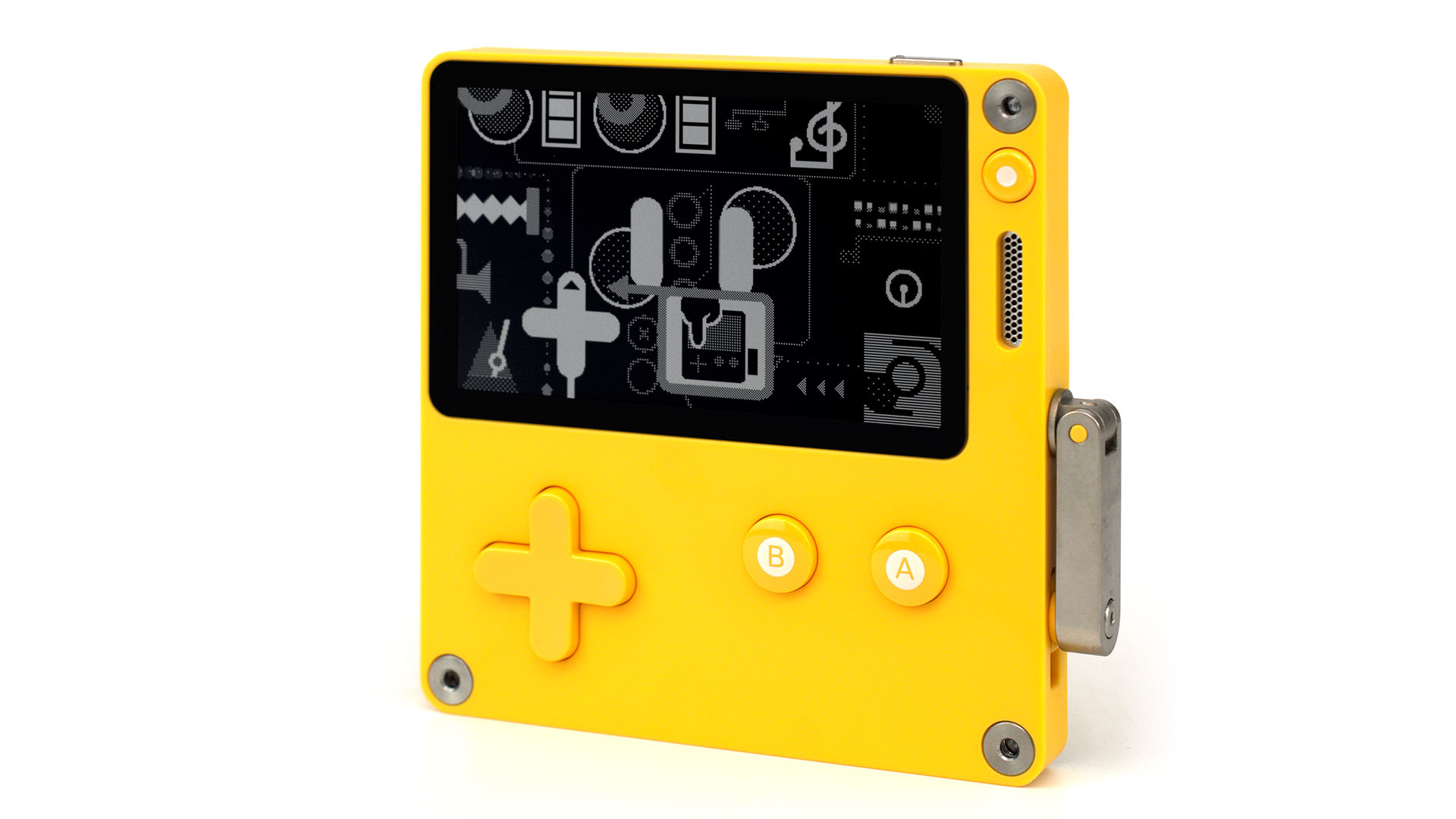
Meanwhile, the single speaker sounds surprisingly clear, and makes a solid alternative to using the 3.5mm headphone jack found next to the USB-C charging and data port on the base. Weirdly, there’s also a crank on the right-hand side – a metal and plastic device, with a yellow handle, which hides in a small slot when it’s not in use.
The crank is, effectively, the console’s main selling point. While it might look like a device you’d use to charge the console in some kind of gaming emergency, it’s actually an input device. The console can tell whether you’re cranking it forwards or backward and at what speed, while a sensor can also inform the game whether or not it’s docked.
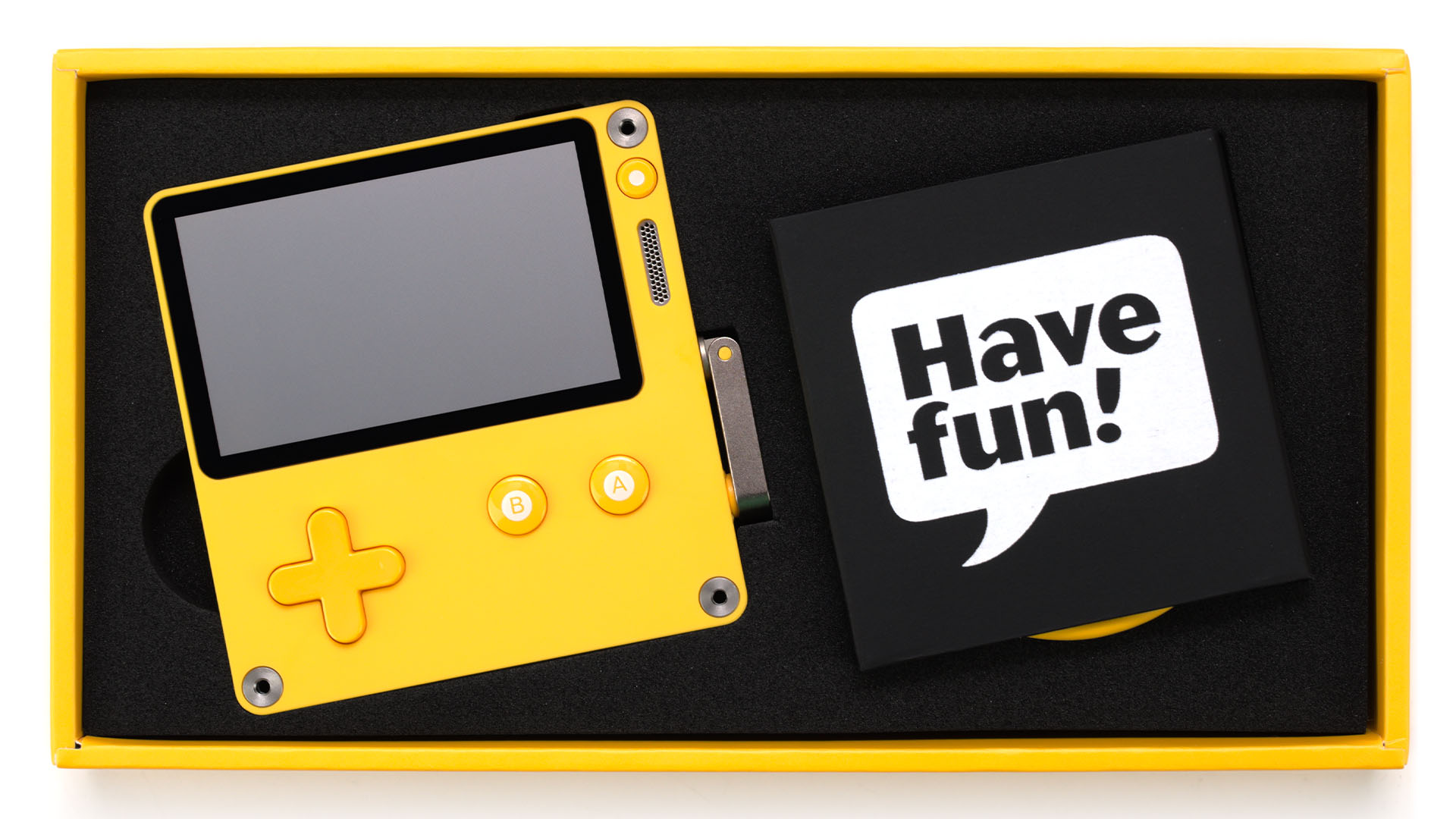
Which brings us on to the games. Here, you’ll need to temper your expectations. The console is powered by an STMicro STM32 microcontroller with a single Arm Cortex-M7F core running at 180MHz, plus an Espressif ESP32 added for Wi-Fi and Bluetooth connections. With just 4GB of non-expandable storage, you’re not likely to see a Skyrim port any time soon.
What you get instead is a ‘season’ of games from independent developers – 24 titles, provided at the rate of two a week for 12 weeks. The first two, Whitewater Wipeout by Chuhai Labs and Casual Birder by Diego Garcia, offer a taste of what to expect. They offer simple graphics, pick-up-and-play gameplay and clever use of the crank.
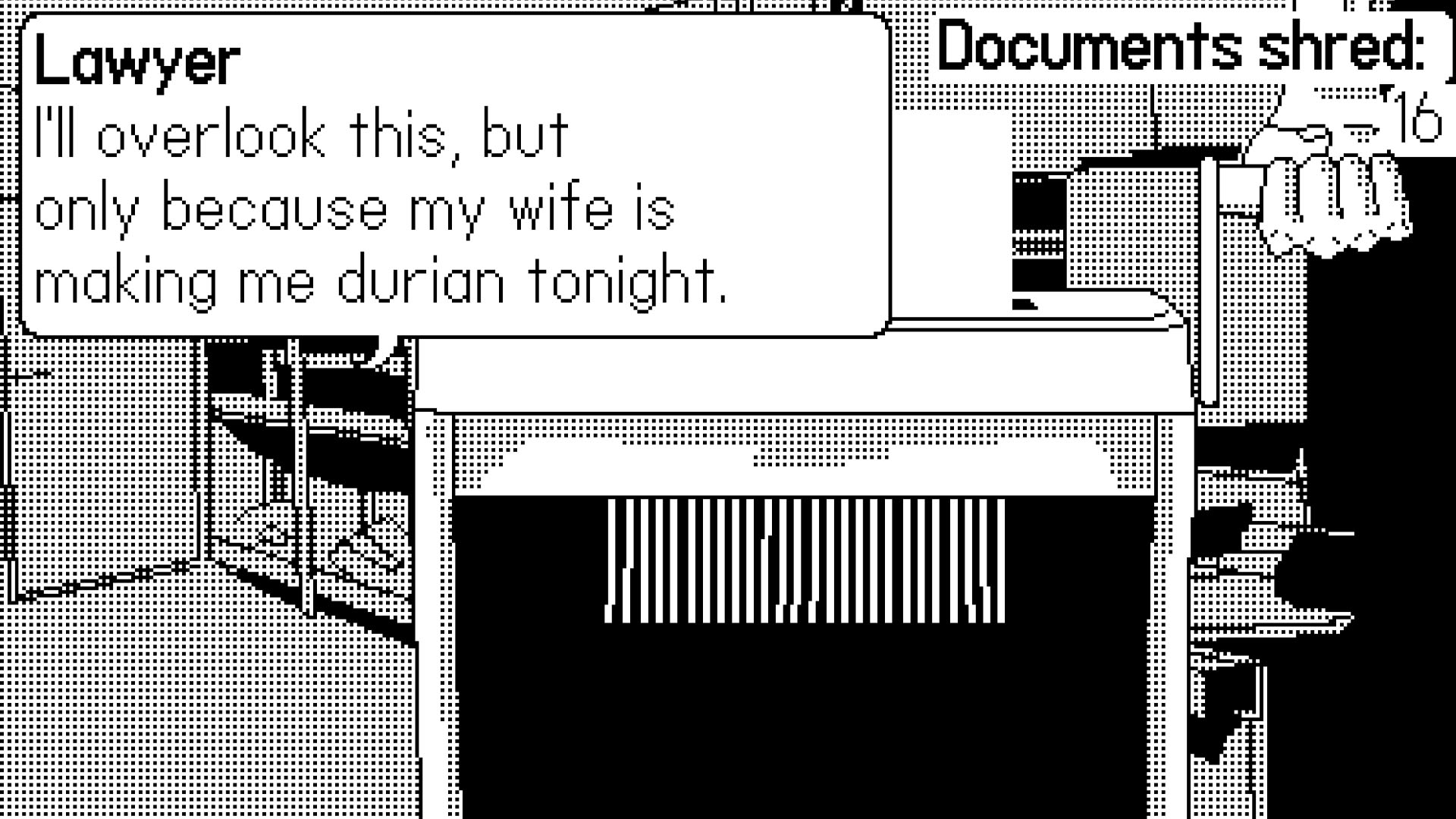
In Whitewater Wipeout, the crank controls the direction of your surfboard as you perform as many tricks as possible; in Casual Birder, the crank manages the focus of your camera as you try to win a bird-spotting competition and kick the ‘bad birders’ out of the village.
Not every piece of software in the first season is technically a game. Boogie Loops, one of the titles delivered in your second week of Playdate ownership, is a cutesy but surprisingly deep music sequencer with dancing pandas, pizza slices, rabbits and cacti.
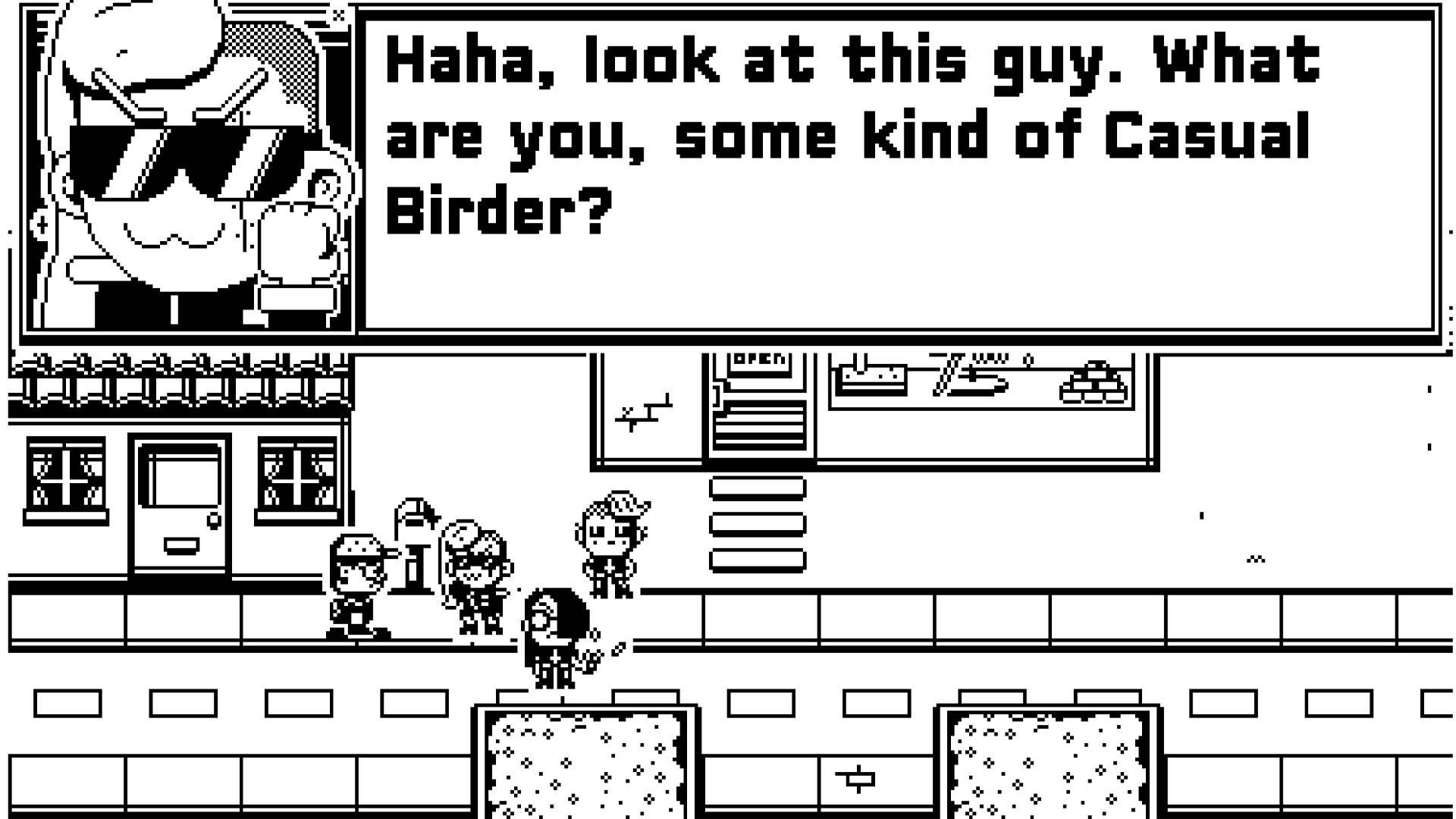
You’re not limited to just playing games either. Panic has published a full software development kit, allowing anyone – even, thanks to the simulator, those who don’t have a Playdate themselves – to have a crack at writing their own software. For the less technically minded, a browser-based game development environment called Pulp offers a much lower barrier to entry.
The Playdate community has already released a number of packages for the console, ranging from commercial games to simple tools, such as a DTMF phone dialler, to a collection of productivity tools with a voice memo feature that taps into the console’s onboard microphone.
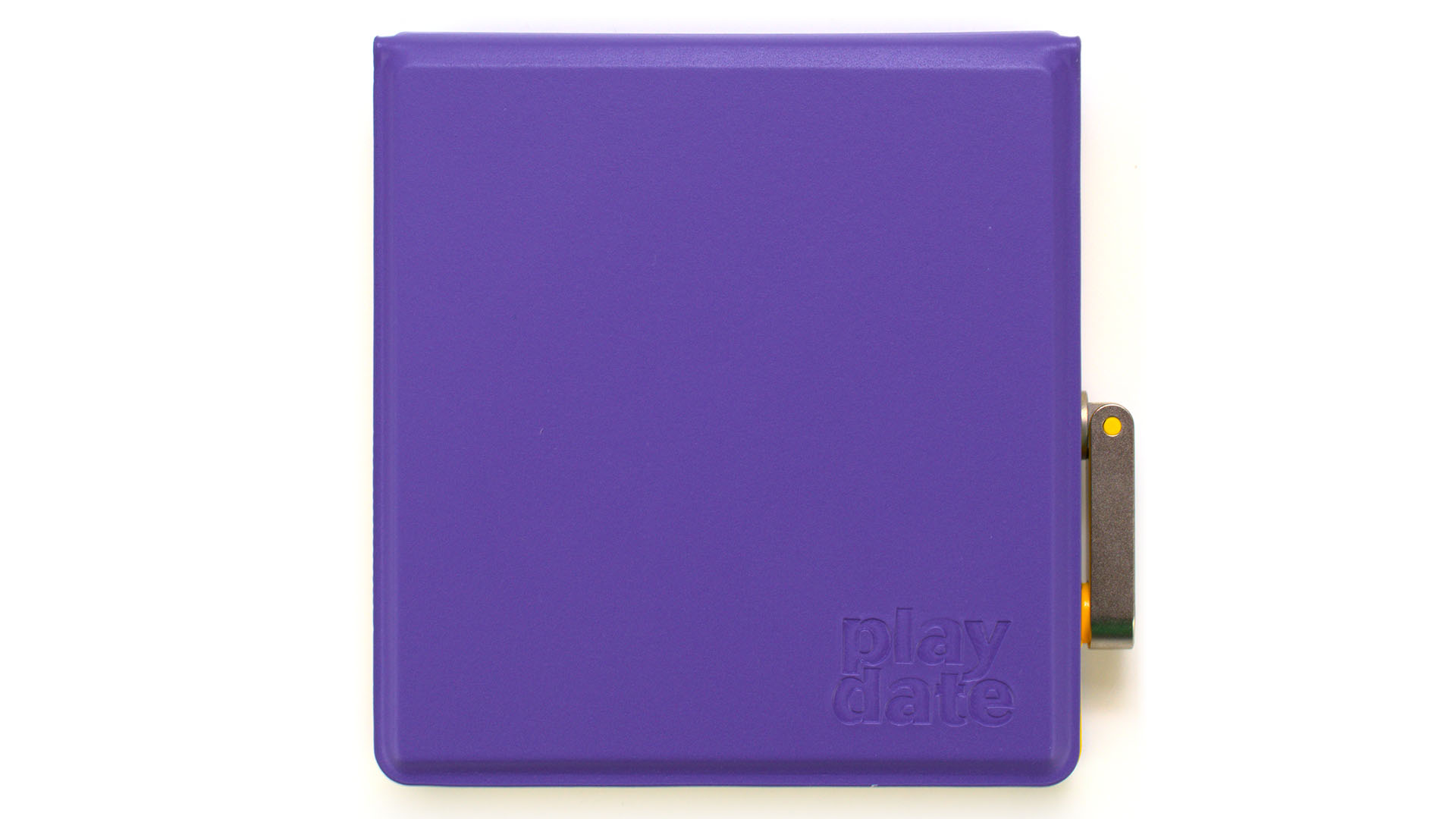
The official software, however, still needs some work. The battery life is one concern, with overnight drain being higher than expected – a problem worsened by the console’s fussiness with USB chargers – the review unit refused to accept a charger that works fine with other devices.
Panic Playdate pros and cons
Pros
- Crank controller works great
- Encourages development skills
- Really fun to use
Cons
- Expensive
- Limited battery life
- Underpowered hardware
Panic Playdate specs
The Panic Playdate specs list is:
| CPU | 180MHz single-core Arm Cortex-M7F |
| Memory | 16 MB |
| Storage | 4 GB (non-expandable) |
| Screen size | 2.7-inch |
| Screen resolution | 400 x 240 |
| Screen tech | Sharp Memory LCD |
| Screen colors | One (monochrome) |
| Controls | 4-way D-pad, two buttons, analog crank |
| Connections | USB-C charging and data port, 3.5mm headphone jack, 802.11bgn Wi-Fi, Bluetooth |
Panic Playdate price
With a price of $199, or $219 with the highly recommended magnetic protective cover, the Playdate is far from cheap.
Price: Expect to pay $199 (£189).
The Panic Playdate is undoubtedly overpriced for what’s on offer – you could buy a much more advanced Nintendo Switch Lite for the same price. If you have some cash spare, though, it’s an undeniably delightful device – and it’s the perfect size for on-the-go gaming. The Panic Playdate is available to pre-order from the Panic website.
If you’re interested in computer hobbyist gadgets, then make sure you also check out our full Flipper Zero review, as well as our SQFMI Watchy Smartwatch Kit review.
